Study shows no clear changes in diet between post-smolts analyzed vs. data from the same region studied after the 2004 ecological shift in the Northeast Atlantic
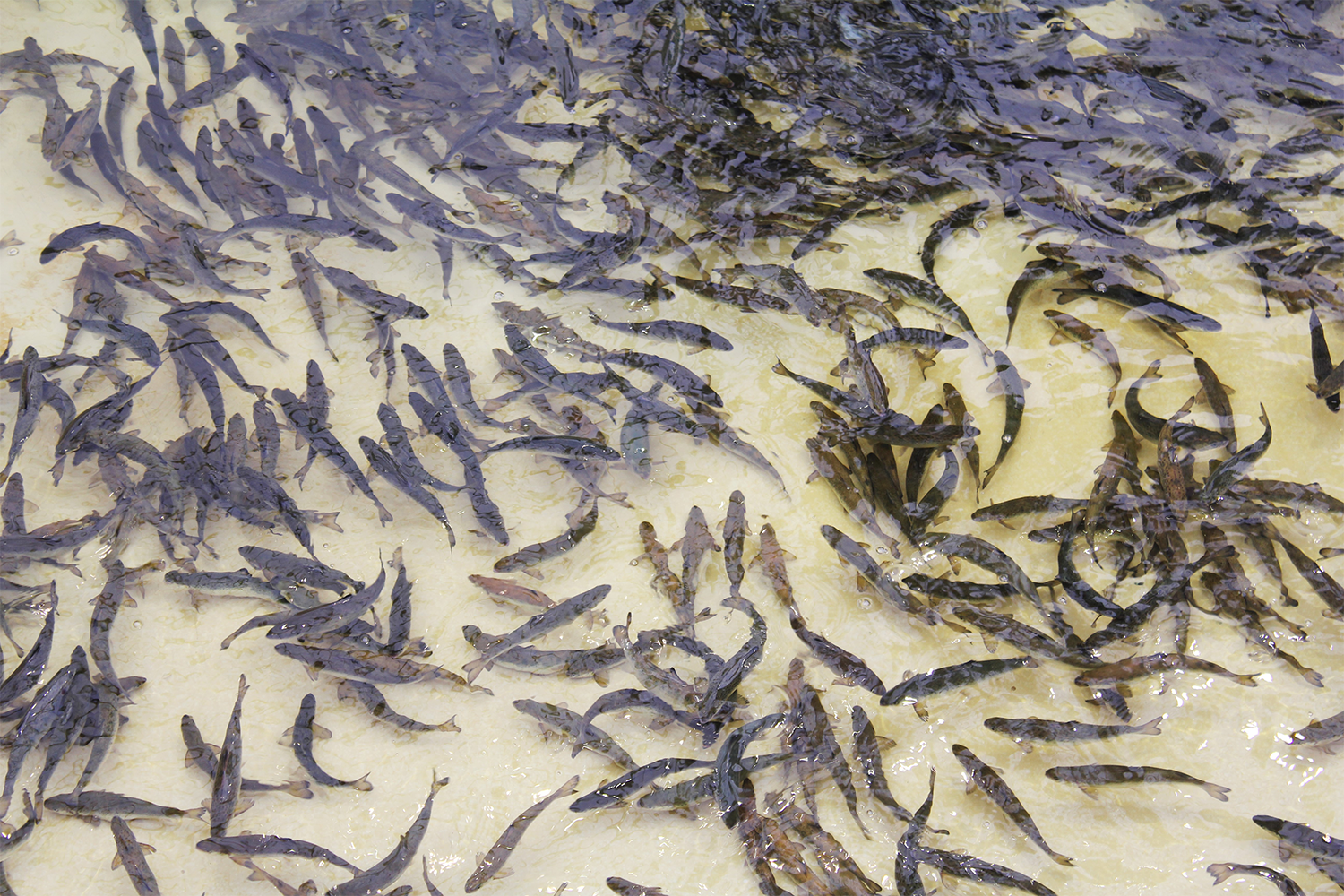
During the past few decades, many wild Atlantic salmon populations have dramatically declined. Mortality, especially during the early post-smolt stage (life stage from entering the marine environment for the first time and the following months) of this marine migration is high and probably plays a major role in regulating adult population abundance. Feeding is crucial as it not only provides energy to support basal metabolism but also for somatic growth. Post-smolts must therefore time their migration with regard to the availability of prey of appropriate size and abundance.
Rapid growth achieved through feeding and feeding behavior, and also food availability and quality, are thus key factors in post-smolt survival. Feeding behavior and other factors influencing mortality in different life stages (such as predation or competition) are difficult to measure or observe directly. Therefore, analyzing stomach contents can provide useful data on trophic interactions, the energetic status of the fish and their feeding strategies.
An ecological regime shift occurred in the Northeast Atlantic around year 2004, with a reduction of Arctic water masses transported into the Norwegian Sea leading to reduced productivity in the region. Post-smolts feeding in the Norwegian Sea after the regime shift displayed reduced stomach fullness, and adults returning to Norwegian rivers had lower growth and later age at maturation due to the large ecological changes in the sea. Whether the observed regime shift also impacted the coastal ecosystems, thereby affecting prey availability for post-smolts in fjords and coastal areas, is still unknown.
This article – summarized from the original publication (Hellenbrecht, L.M. et al. 2023. Diet analysis of Atlantic salmon (Salmo salar) post-smolts after the ecological regime shift in the Northeast Atlantic. Fisheries Research Volume 262, June 2023, 106672) – reports on a study of the diet of salmon post-smolts captured by trawling from four Norwegian fjords over two years.
Study setup
The main objectives of this study were to examine the diet, how this varied geographically and temporally, whether stomach fullness was correlated to feeding on specific prey groups, and finally, whether post-smolt body length and condition factor were correlated with diet.
Post-smolts captured by trawling in four different fjords in Norway were analyzed. Fish were captured in two separate years under the NALO program. NALO is an annually conducted survey where post-smolts in Norwegian fjords are sampled to monitor sea lice infestation of wild salmonid fish. Post-smolt stomachs were dissected from thawed fish. Stomach content was identified to family, genus and species where possible. Several feeding indices were then calculated. For detailed information on data collection and analyses, refer to the original publication.
Results and discussion
Despite the importance of the critical life-history phase of saltwater entry and the period shortly thereafter, there are few diet studies of Atlantic salmon post-smolts. In this study we were able to provide a recent dietary analysis for post-smolt captured in four Norwegian fjords nearly 20 years after the previous comparable study. The most significant results can be summarized as follows: 1. A large variation in post-smolt diet was observed among fjords and years, 2. Post-smolts that consumed fish larvae and krill displayed substantially higher feeding ratios (FR), 3. Post-smolts that consumed fish larvae did not eat many other prey taxa yet still had the highest FR.
Our data suggest that access to fish larvae and large Euphausiids (krill) are important for nutrient acquisition. Marine fish larvae and crustaceans are larger and have a higher lipid content than insects that dominate the smolt diet in the freshwater phase. In general, the results from this study confirm the results from earlier studies investigating post-smolt feeding in fjords and coastal areas, which described fish larvae as the most important prey component, but also reported Euphausiids to be important.
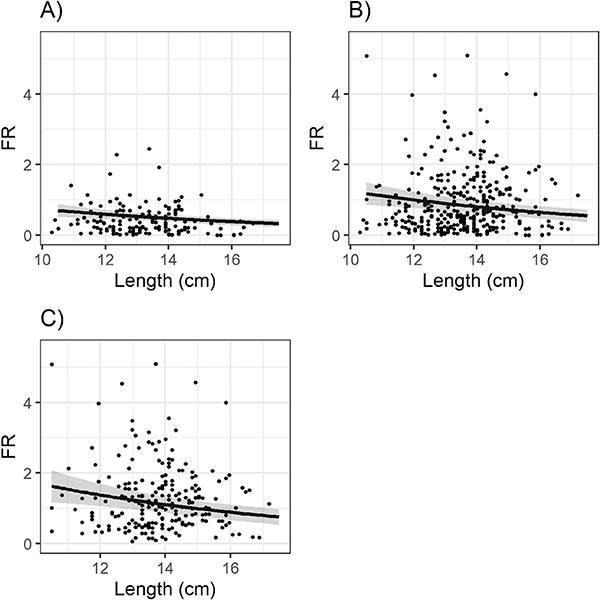
A piscivorous diet is known to enhance growth and ultimately survival. Even though larval stages of Euphasiidae were found in small numbers, both fish larvae and euphausiids were the prey groups with biggest size ingested by post-smolts. The positive correlation between stomach fullness and feeding on fish larvae and euphausiids shows that increased prey size equals higher energetic and nutritional value to the post-smolt even though such prey have longer associated handling times.
Post-smolts that had consumed fish larvae were on average 0.52 cm longer than those that had not consumed fish larvae, supporting previous findings that post-smolts need to reach a minimum size before they can effectively feed on fish larvae. An alternative explanation for longer post-smolts feeding on fish larvae is that feeding on fish larvae leads to faster growth, or that fish larvae are mostly consumed in the outer parts of the fjords which most post-smolts reach after several days of feeding and growing in the sea. Although the longest post-smolts seem to have an advantage when it comes to capturing fish larvae, stomach fullness decreased with post-smolt body length.
Our findings showed that fish larvae dominated the diet in the northern Altafjord with entrance into the Barents Sea, while further south the diet consisted of several prey taxa and partly varied between the two years 2018 and 2019. The availability of prey items for post-smolts may vary over small distances and can therefore rapidly change as the post-smolt migrates. Therefore, part of the observed variation in post-smolt diet and stomach fullness identified in this study may reflect sampling effort varying in time and space for fjords and years. Nevertheless, our results are qualitatively similar to the results of post-smolt diet within Norwegian fjords during the 1990s and early 2000s.
Therefore, we cannot identify any clear changes in post-smolt diet in Norwegian fjords during these nearly 20 years. Therefore, it follows that there is no clear indication of the documented Northeast Atlantic ecological regime shift affecting feeding conditions within Norwegian fjords in the time scale of the present study.
Post-smolts feeding on fish larvae had fewer other prey taxa in the stomachs than the remaining post-smolts, which indicates a selective feeding behavior, while feeding on the dominating zooplankton taxa was not associated with fewer other prey taxa in the stomachs. If we assume that fish larvae are the optimal prey for post-smolts, the absence of fish larvae results in a broader diet as the post-smolt tries to cover energy requirements by preying on alternative sources of nutrients.
This strongly indicates that post-smolts preferably target specific prey groups such as fish larvae when these are available, as previously reported for post-smolts in coastal waters off the eastern United States. Similar findings have been reported for salmon post-smolt feeding in the Norwegian Sea, where a diet consisting of fish larvae and amphipods was associated with higher post-smolt stomach fullness and higher condition factor than for post-smolt having a diverse diet consisting of smaller zooplankton species.
Perspectives
Our findings are mainly in agreement with the results of earlier studies; a large spatial and temporal variation for post-smolt stomach fullness and diet within Norwegian fjords and the importance of fish larvae as post-smolt prey. Salmon post-smolts focus their feeding on fish larvae when encountering a high abundance of this prey group and have a diverse diet consisting of several different prey groups when fish larvae are absent.
Furthermore, we found no clear evidence of changes in the post-smolt diet in recent times (2018 and 2019) compared to samples nearly 20 years earlier in the same fjords. This indicates that the ecological regime shift in the Northeast Atlantic after year 2004 did not have a large impact of post-smolt feeding conditions within Norwegian fjords, at least in the years in which samples for the present study were collected.
Feeding on fish larvae did not influence the condition factor of post-smolts. However, post-smolts sampled in this study had most likely only been in the sea for a few days, and dietary differences may therefore only have had a minor effect on energetic state in this short period.
Now that you've reached the end of the article ...
… please consider supporting GSA’s mission to advance responsible seafood practices through education, advocacy and third-party assurances. The Advocate aims to document the evolution of responsible seafood practices and share the expansive knowledge of our vast network of contributors.
By becoming a Global Seafood Alliance member, you’re ensuring that all of the pre-competitive work we do through member benefits, resources and events can continue. Individual membership costs just $50 a year.
Not a GSA member? Join us.
Author
-
Dr. Kjell Rong Utne
Corresponding author
Institute of Marine Research, 5005 Bergen, Norway[111,110,46,105,104,64,101,110,116,117,46,103,110,111,114,46,108,108,101,106,107]
Related Posts
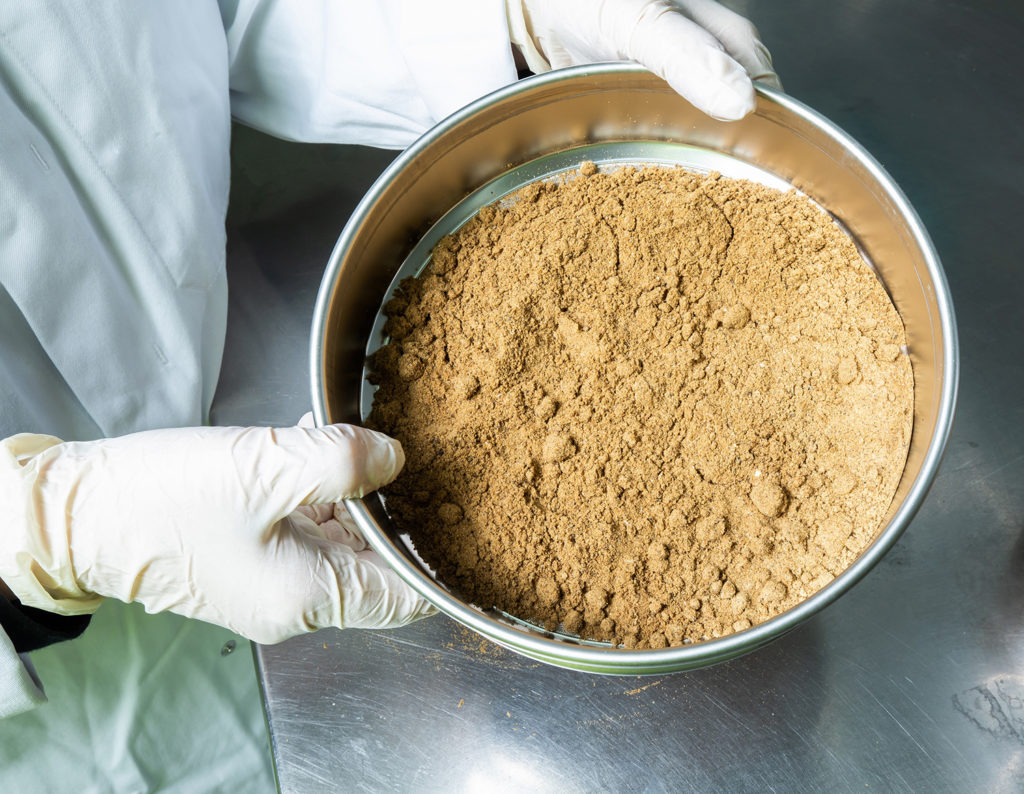
Aquafeeds
Counterpoint: Marine ingredients are stable in volume, strategic in aquaculture nutrition
IFFO Director General Petter M. Johannessen says fishmeal and fish oil offer unmatched nutrition and benefits to fuel aquaculture’s growth trajectory.
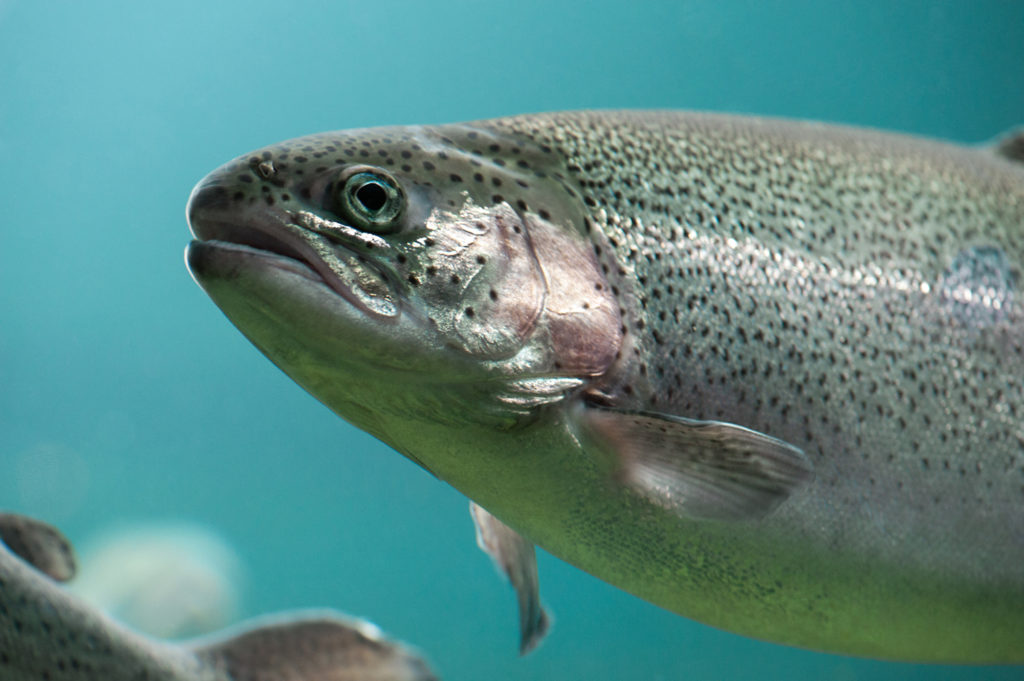
Responsibility
Switch to steelhead has Cooke on a new path in Puget Sound
Cooke Aquaculture Pacific is awaiting approval to farm a species native to Washington at Puget Sound sites where it previously produced Atlantic salmon.
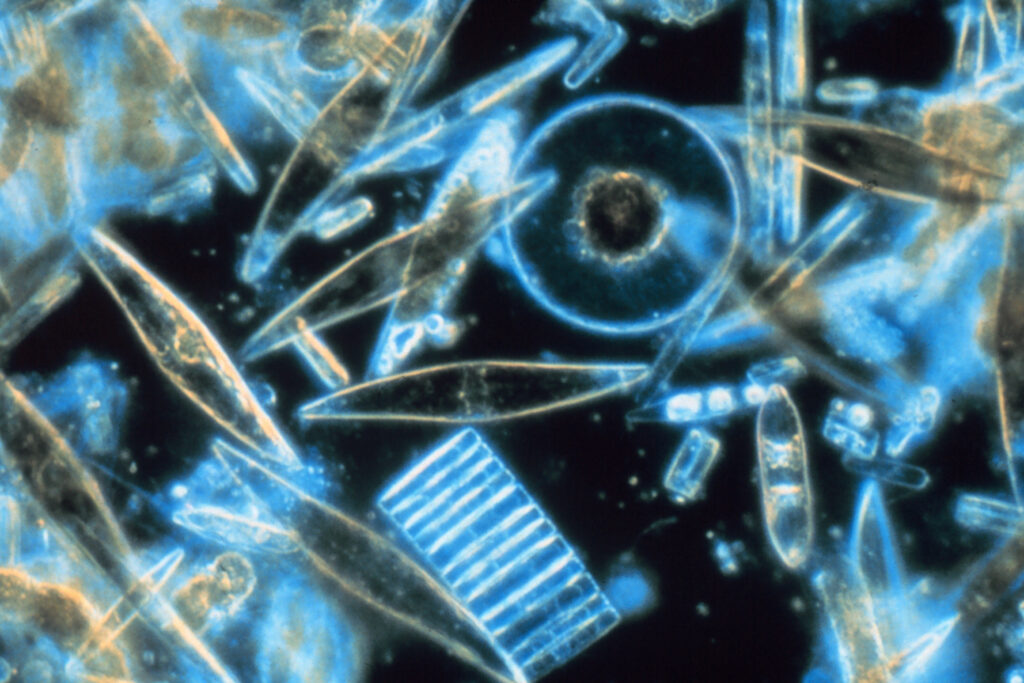
Health & Welfare
Can photoautotrophic cultivated diatom biomass in salmon feed deter lice?
An evaluation of experimental Atlantic salmon diets with photoautotrophic cultivated diatom biomass shows the potential to deter lice.
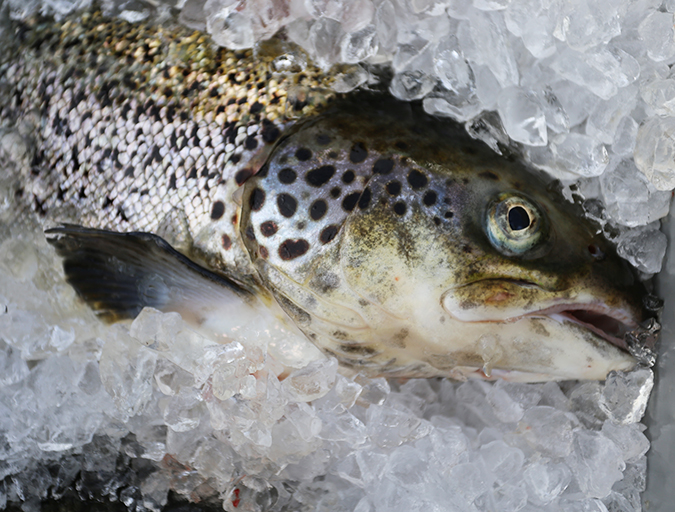
Aquafeeds
Fishmeal-free Atlantic salmon feed formulation shows promise
A recent study evaluated the effects of a fishmeal-free diet on Atlantic salmon performance and fillet quality during successful growout to market-size in a commercial-scale, land-based, closed-containment system using water recirculation technology. Test fish performed well, with 97 percent survival during the 10-month growout period.



